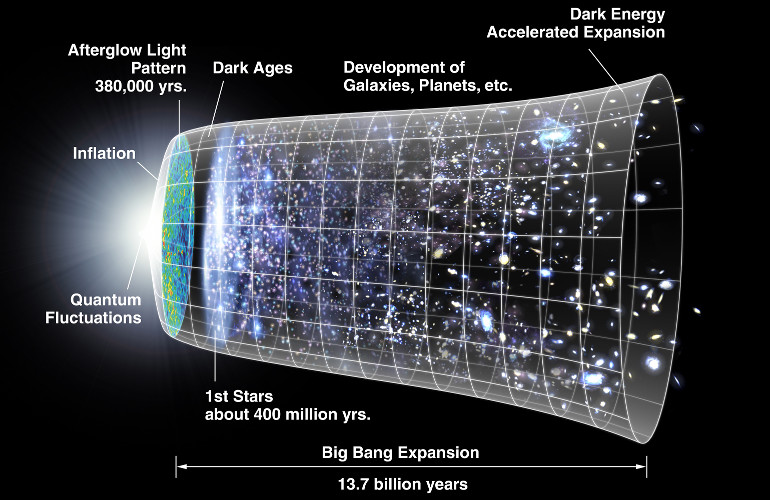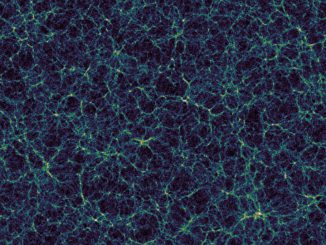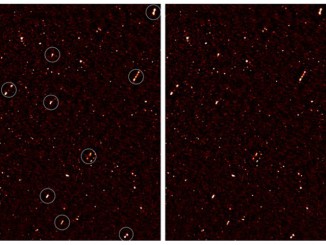
Recent studies have suggested that the production of Higgs particles (otherwise known as Higgs bosons, elementary particles discovered at CERN in 2012) during the accelerating expansion of the very early universe – inflation – should have led to instability and collapse.
Scientists have been trying to work out why this didn’t happen, leading to theories that some as yet undiscovered physics will help explain the origins of the universe. However, physicists from Imperial College London and the Universities of Copenhagen and Helsinki believe that there is a simpler explanation.
In a new study published in Physical Review Letters, the team describe how gravity, in terms of spacetime curvature, provided the stability needed for the very young universe to survive expansion. They investigated the interaction between Higgs bosons and gravity, taking into account how it would vary with energy, showing that even a small interaction would have been enough to stabilise the universe against decay and collapse.
“The Standard Model of particle physics, which scientists use to explain elementary particles and their interactions, has so far not provided an answer to why the universe did not collapse following the Big Bang,” explains Professor Arttu Rajantie, from the Department of Physics at Imperial College London.
“Our research investigates the last unknown parameter in the Standard Model – the interaction between the Higgs particle and gravity. This parameter cannot be measured in particle accelerator experiments, but it has a big effect on the Higgs instability during inflation. Even a relatively small value is enough to explain the survival of the universe without any new physics!”
The team plan to continue their research using cosmological observations to look at this interaction in more detail and explain what effect it would have had on the development of the early universe. In particular, they will use data from current and future European Space Agency missions measuring cosmic microwave background radiation and gravitational waves.
“Our aim is to measure the interaction between gravity and the Higgs field using cosmological data,” says Professor Rajantie. “If we are able to do that, we will have supplied the last unknown number in the Standard Model of particle physics and be closer to answering fundamental questions about how we are all here.”



